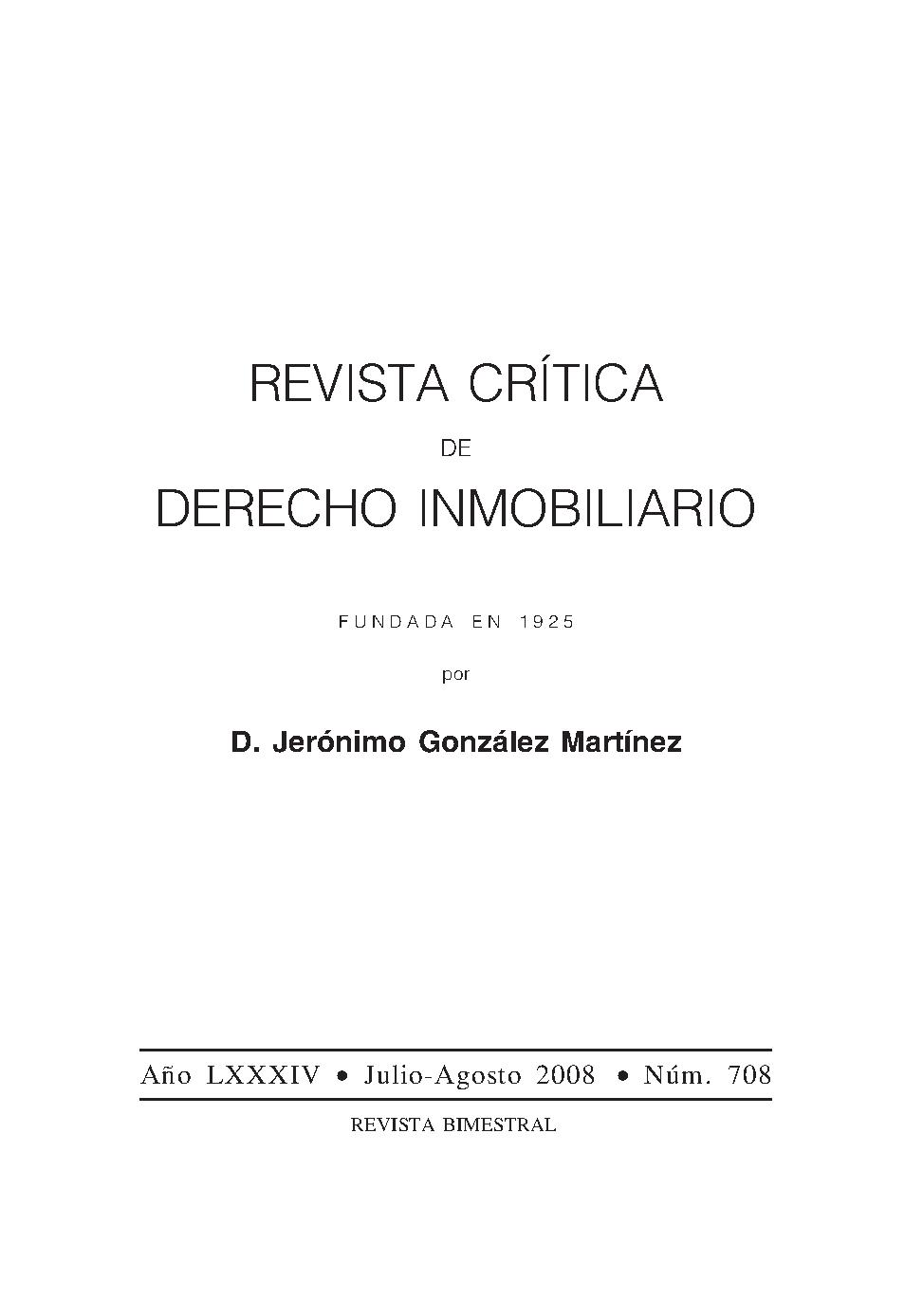LA RESOLUCIÓN DE PROBLEMAS JURÍDICOS.
Keywords:
LEGAL INTERPRETATIONAbstract
The resolution of juridical problems can be studied from two points of view: the regulatory point of view, that is to say, the way juridical problems have to be solved and the descriptive point of view, i.e. the way they are actually solved, in practice and in reality. To check how specific problems are faced up to by the jurists who are concerned with them, the study proposes the drawing up of written protocols of behaviour when dealing with the problem, which offer compilations of the mental and psychological processes of the individual, which can be analyzed and interpreted. The process of resolution starts with identifying what the problem is, which needs juridical knowledge rather than procedural skills. This is followed by a first diagnostic impression which has to be considered cautiously/with caution because, being generally simplifying, it usually proves wrong. When searching for solutions, for which the structural understanding of the problem is essential, the sequence is not always progressive, but rather, circular or recurrent. Phases of incubation are sometimes produced, and on some occasions, surprisingly, insight appears, and with it the unexpected understanding and an inspired answer. Among the strategies used in the resolution of legal problems the following stand out: the analysis of the relationship between the means and the end, the achieving of secondary goals, the trial error method, the analogy, the going back to scratch and working backwards. The resolution of problems also implies processes of taking decisions. The study suggests that the juridical decision: a) is based on a limited rationality; b) it considers the results rather than the reasoning; c) some steps are more reliable than others and d) it is reached within a social context and from subjective standpoints.









